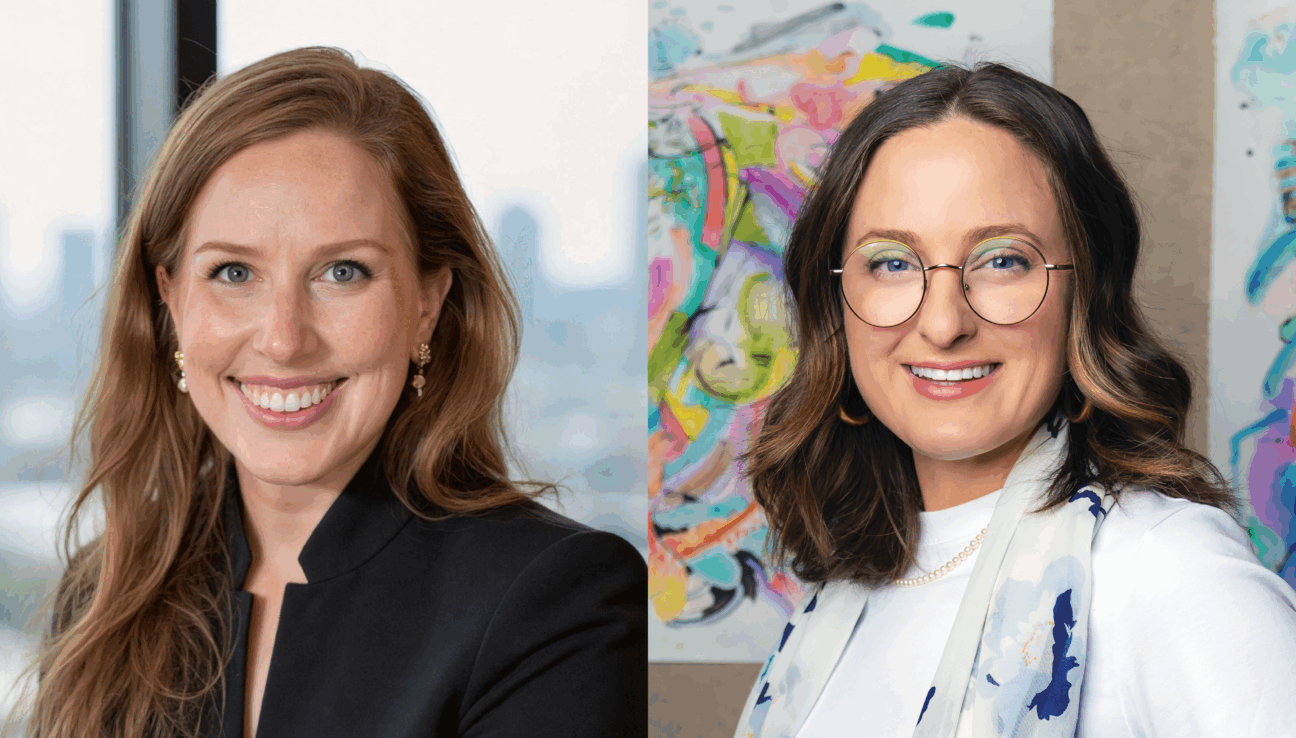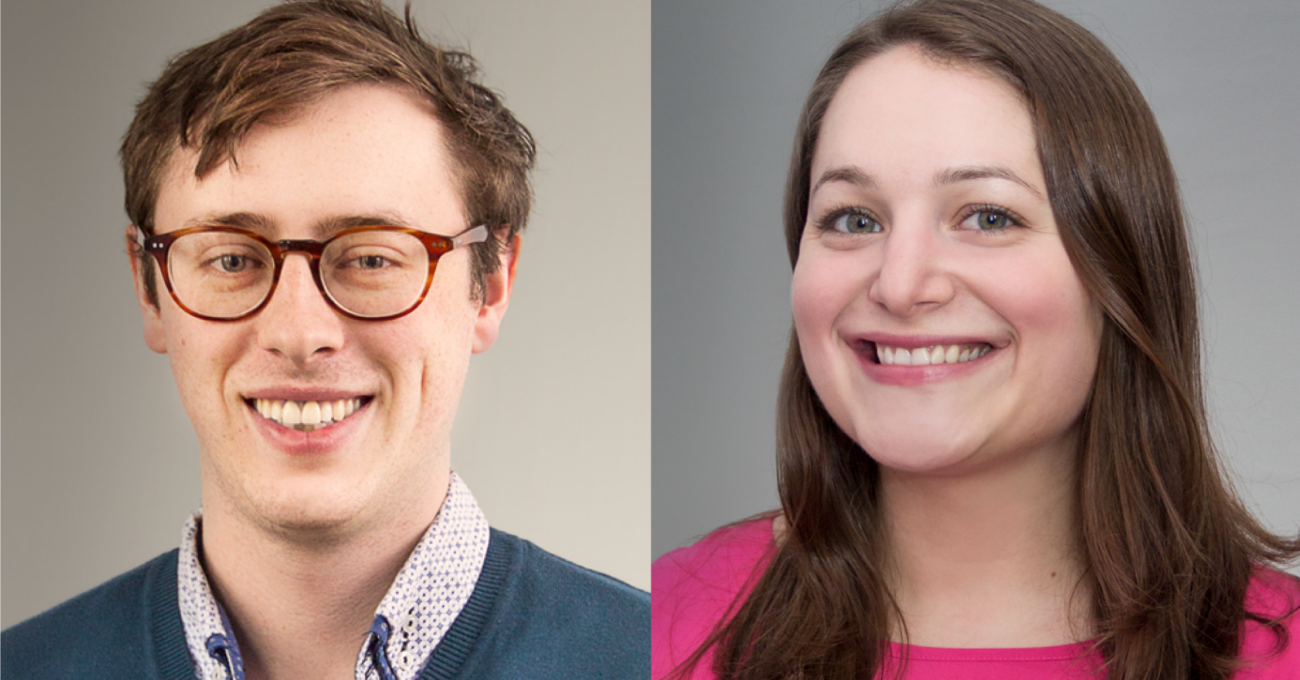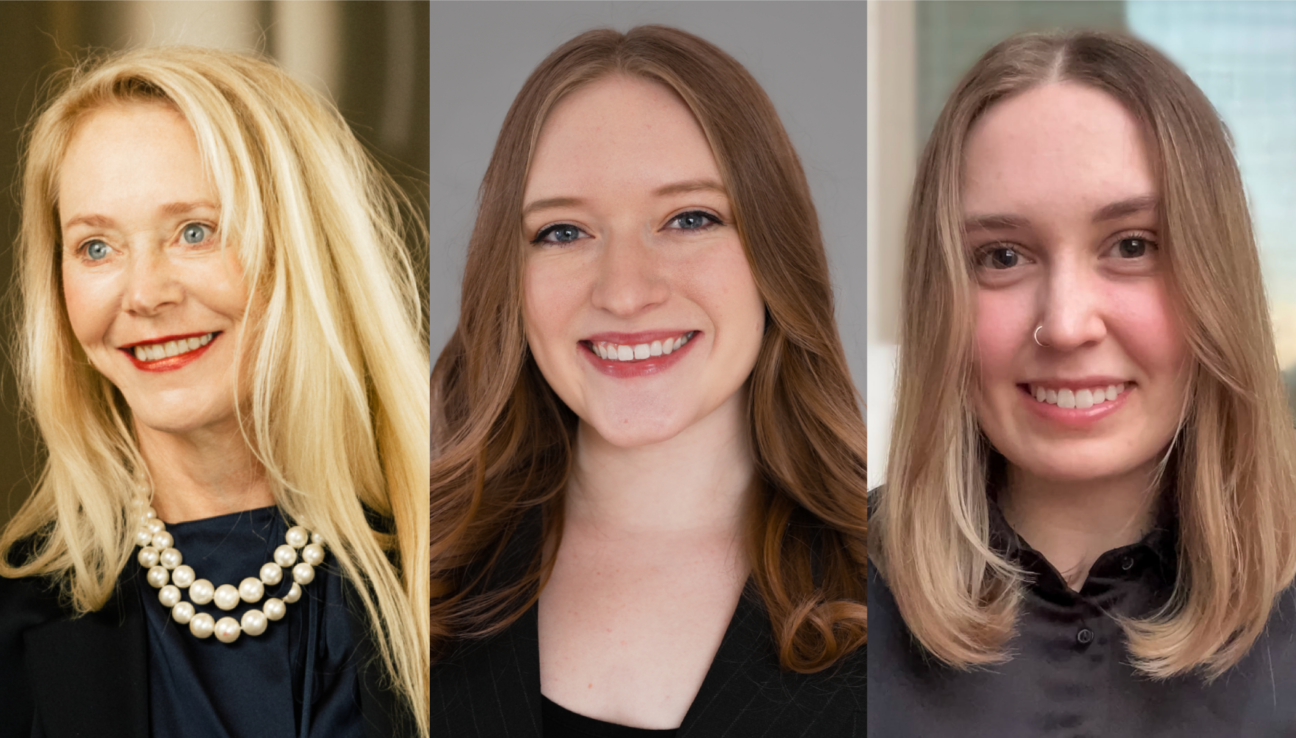
Aly Maier Lokuta knows that art and science aren’t opposing disciplines. They’re a shared language for strengthening public wellbeing.
Her career has long bridged these worlds, from co-founding Rutgers’ Arts and Health Research Lab to leading the largest public mural initiative since the WPA era during her time with NYC Health + Hospitals. Now, as AVP of Arts and Well-Being at the New Jersey Performing Arts Center, she’s proving what many leaders in the field are only beginning to articulate: that cultural institutions can be powerful drivers of community health.
In this episode, Aly shares real-world examples of arts-in-health programs and actionable advice for organizations looking to launch or grow their own initiatives.




